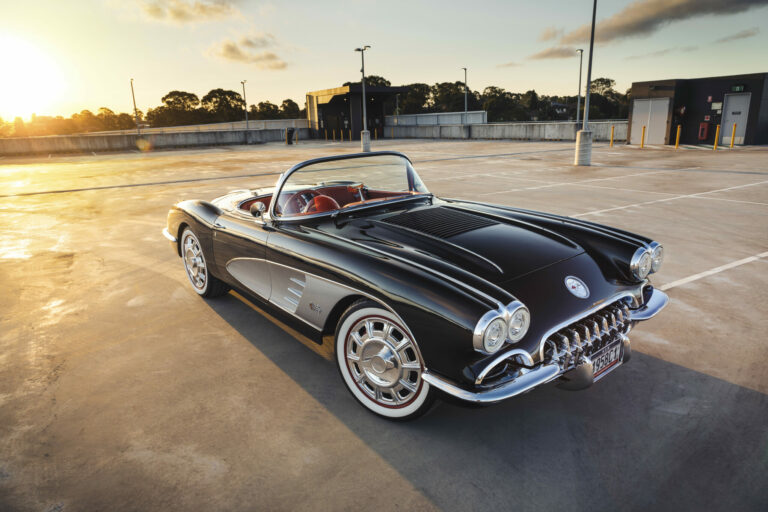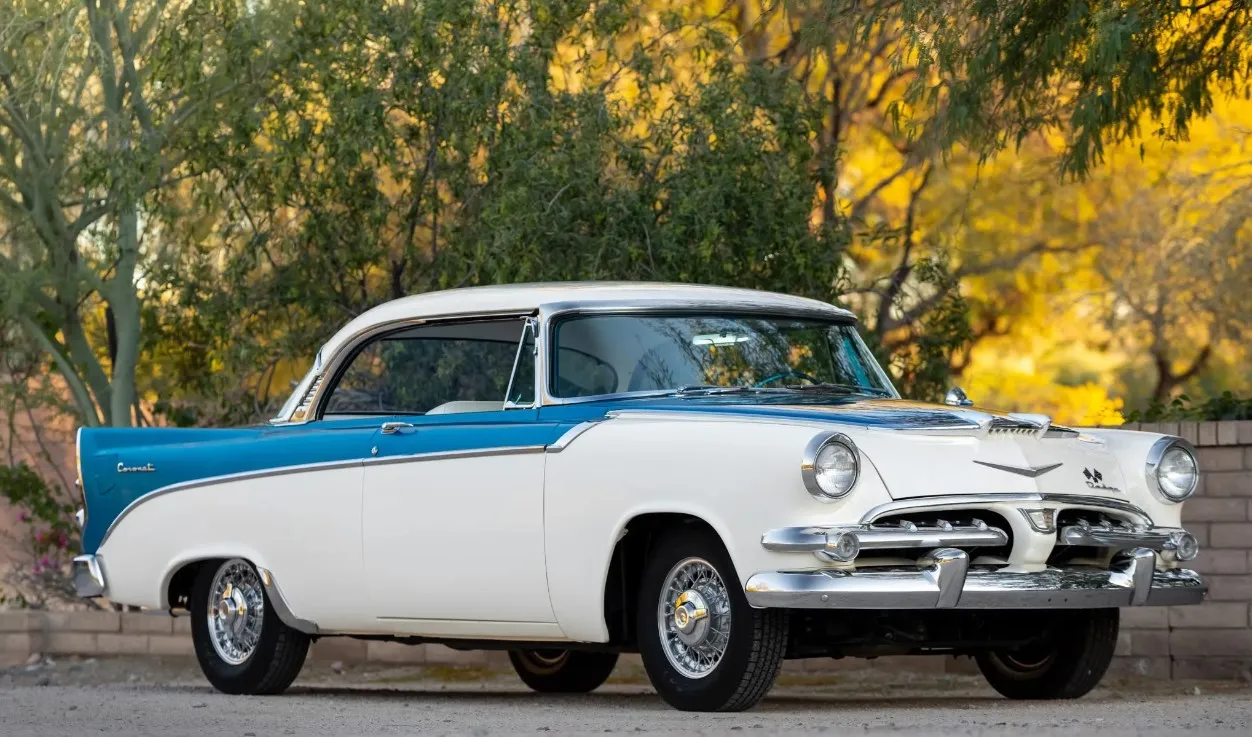The year 1953 marked a significant milestone in the history of American automotive manufacturing, with the introduction of the iconic 1953 Ford F-100 pickup truck. This vehicle, part of the Ford F-Series, has since become a beloved classic in the hearts of automotive enthusiasts and collectors. In this comprehensive article, we will delve into the fascinating world of the 1953 Ford F-100, exploring its history, design, technical specifications, and its enduring legacy in the automotive industry.
The Birth of the Ford F-100
Before delving into the details of the 1953 Ford F-100, it's essential to understand the context in which this classic pickup truck was born. In the early 1950s, Ford Motor Company was looking to revamp its lineup of trucks to better cater to post-World War II consumer demands. The existing truck models, known as the "Bonus-Built" trucks, were becoming outdated, and Ford saw an opportunity to design a new, modern, and more stylish pickup truck.
In 1953, the Ford F-100 was introduced as part of the Ford F-Series, replacing the previous F-1 designation. This change signaled a fresh start for Ford's truck division, aiming to appeal to a broader range of buyers, including farmers, small business owners, and suburban families.
Design and Styling
-1694402010x1024.jpg)
One of the standout features of the 1953 Ford F-100 was its revolutionary design and styling for the time. The truck's exterior boasted a sleeker and more streamlined appearance compared to its predecessors. The design incorporated rounded fenders, a distinctive grille, and a windshield with a single-piece wraparound glass, giving the F-100 a more modern and aerodynamic look.
The truck's design also emphasized functionality. The cargo bed featured a smoother, more polished appearance with integrated stake pockets and a simplified tailgate latch mechanism. These design elements not only improved the truck's aesthetic appeal but also made it more user-friendly for loading and unloading cargo.
-1694402028x1024.jpg)
Inside the cabin, the 1953 F-100 featured a spacious and comfortable interior, a notable departure from the spartan interiors of previous generation trucks. The dashboard design was simple and functional, with easy-to-read gauges and controls.
Technical Specifications
-1694402052x1024.jpg)
Under the hood, the 1953 Ford F-100 was available with several engine options to cater to different customer needs. The standard powerplant was a 215 cubic inch (3.5-liter) inline-six engine, delivering around 101 horsepower. Buyers who desired more power could opt for the larger 239 cubic inch (3.9-liter) V8 engine, which produced approximately 110 horsepower. These engines were mated to three-speed manual transmissions, providing dependable and efficient performance.
The F-100 was available in both two-wheel drive and four-wheel drive configurations, allowing customers to choose a model that best suited their intended use. The truck's chassis and suspension were designed to handle a variety of road conditions, making it versatile for both urban and rural environments.
-1694402069x1024.jpg)
One of the standout features of the 1953 F-100 was its payload capacity. Depending on the configuration and optional equipment, the F-100 could handle payloads ranging from 1,500 to 2,300 pounds. This made it a popular choice among farmers, tradespeople, and small business owners who needed a reliable workhorse for their daily tasks.
Legacy and Impact
The 1953 Ford F-100 quickly became a beloved classic, admired for its timeless design, rugged reliability, and versatility. It was a vehicle that appealed to a broad spectrum of buyers, from those seeking a practical work truck to enthusiasts who appreciated its aesthetics.
The F-100's legacy extended beyond its initial release. It set the stage for the continued success of the Ford F-Series, which has gone on to become one of the best-selling vehicle lines in the United States. The F-Series trucks have consistently pushed the boundaries of innovation, offering improved performance, safety features, and creature comforts while maintaining their reputation for durability and dependability.
-1694402152x1024.jpg)
In the world of custom and hot rod enthusiasts, the 1953 F-100 has also earned a special place. Many enthusiasts have taken these classic trucks and transformed them into unique custom creations, showcasing the versatility and adaptability of the F-100 platform.
Collectibility and Values
-1694402199x1024.jpg)
As with many classic vehicles, the collectibility and value of the 1953 Ford F-100 have steadily increased over the years. These trucks are highly sought after by collectors and enthusiasts alike. As time passes, fewer well-preserved examples of the 1953 F-100 are available on the market. This rarity adds to their appeal and collectible value. Many F-100s have been meticulously restored to their original glory or customized to reflect the owner's unique style. Restored or custom F-100s can command high prices in the collector's market.
The 1953 F-100 represents a pivotal moment in the evolution of pickup trucks. Its historical significance adds to its appeal among collectors and automotive historians. The F-100's popularity in the custom and hot rod scene has also contributed to its collectibility. Customized versions often feature high-performance engines, unique paint schemes, and modified suspensions, making them highly desirable to enthusiasts.
When evaluating the value of a 1953 Ford F-100, factors such as its condition, originality, and provenance play a significant role. Well-documented trucks with matching numbers and original components tend to command higher prices in the collector's market.
Restoration and Maintenance
For enthusiasts who own or aspire to own a 1953 Ford F-100, restoration and maintenance are crucial aspects of preserving these classic trucks. Restoring a vintage F-100 requires attention to detail and a commitment to authenticity. When restoring an F-100, aim to retain as many original components as possible. This includes the engine, transmission, interior, and exterior trim. Originality enhances the truck's value and historical significance. When replacement parts are necessary, opt for high-quality, OEM or reproduction components to ensure the truck's authenticity and reliability. A professional paint job and bodywork are essential for achieving the truck's iconic appearance. Pay attention to details like the correct color and finish.
Engine and Mechanicals: Ensure that the engine and mechanical components are in good working order. Regular maintenance and occasional overhauls may be necessary to keep the F-100 running smoothly. Maintain detailed records of the restoration process, including receipts, photos, and any historical information about the truck's provenance. This documentation can add value when selling or showcasing the vehicle. If you own a well-preserved original F-100, consider preserving it rather than restoring it. Preservation maintains the truck's original character and patina. While preserving originality is essential, consider incorporating modern safety upgrades such as improved brakes, seatbelts, and lighting for enhanced safety on today's roads.
Conclusion
The 1953 Ford F-100 is a timeless classic that represents a pivotal moment in the evolution of pickup trucks. Its innovative design, versatility, and historical significance have solidified its place in automotive history. As a collectible vehicle, the F-100 has captured the hearts of enthusiasts and collectors worldwide, and its value continues to rise.
Whether you admire its iconic design, appreciate its historical significance, or have a passion for customizing classic trucks, the 1953 Ford F-100 holds a special place in the world of automotive enthusiasts. It serves as a reminder of an era when pickup trucks were not only tools for work but also symbols of American craftsmanship and innovation. The F-100's enduring legacy continues to inspire new generations of truck enthusiasts, ensuring its place in automotive history for years to come.

